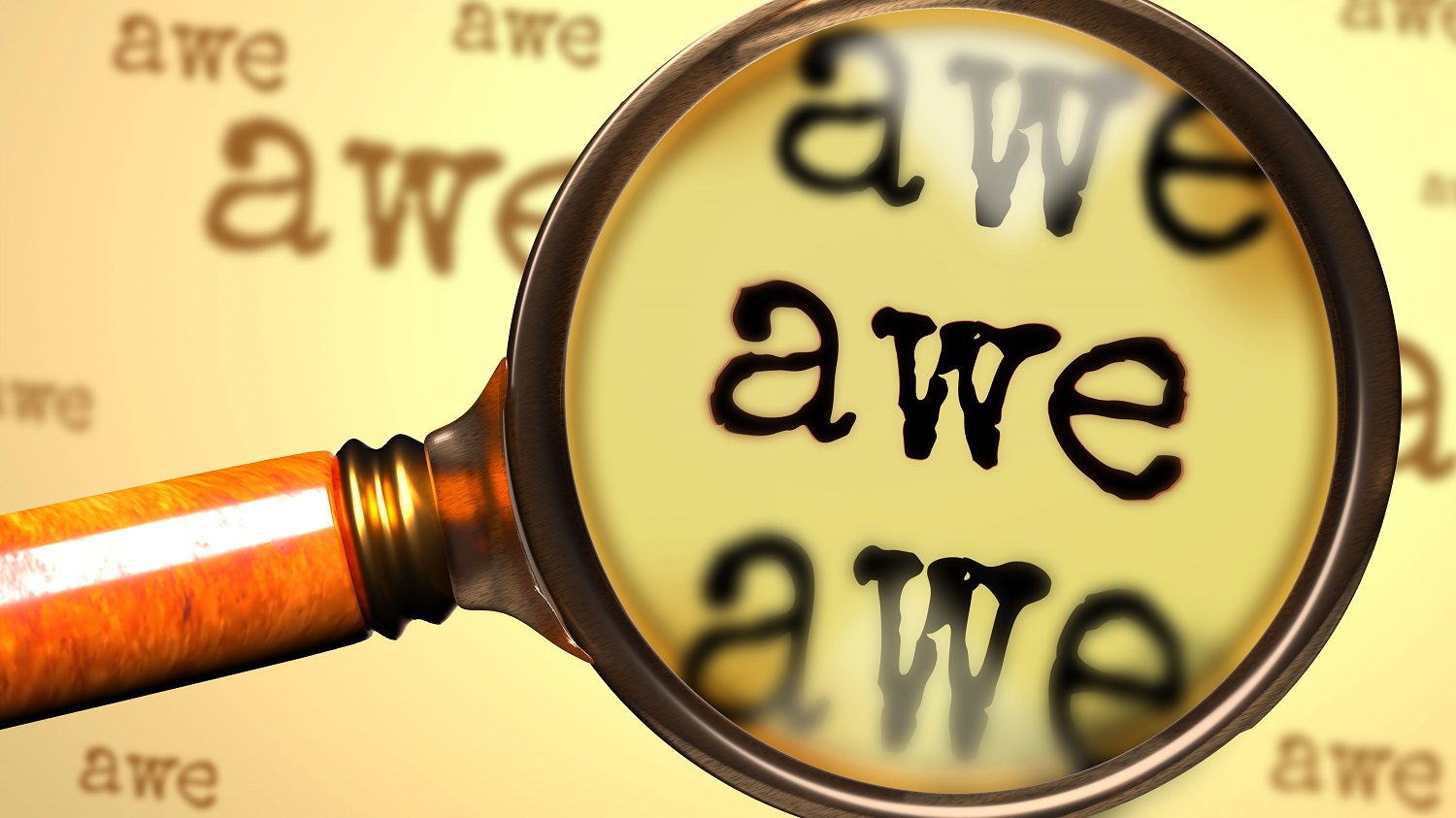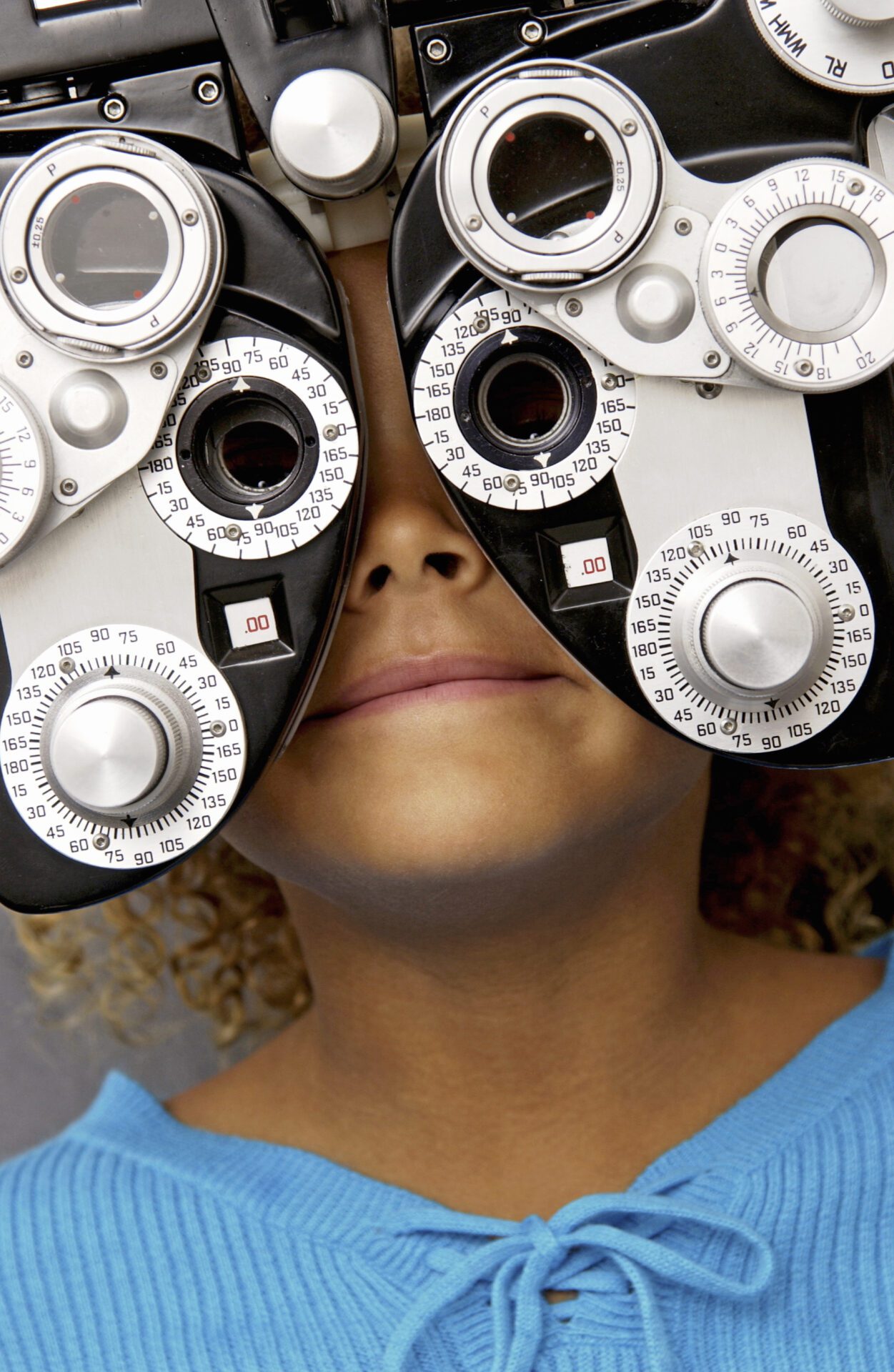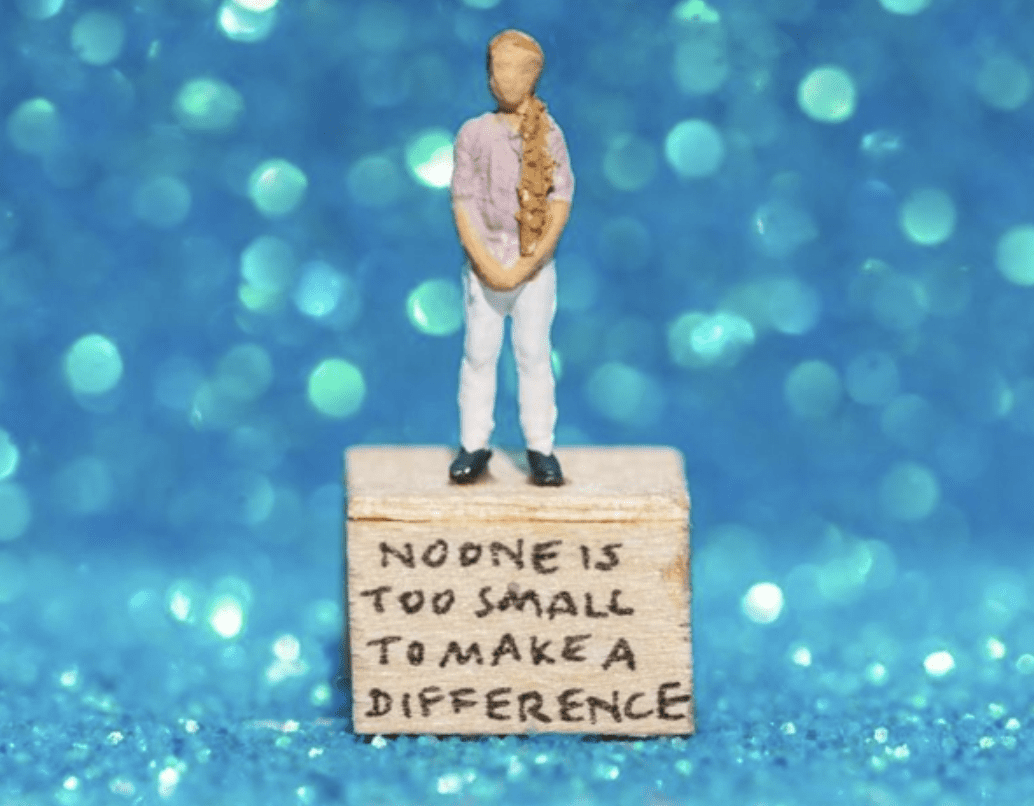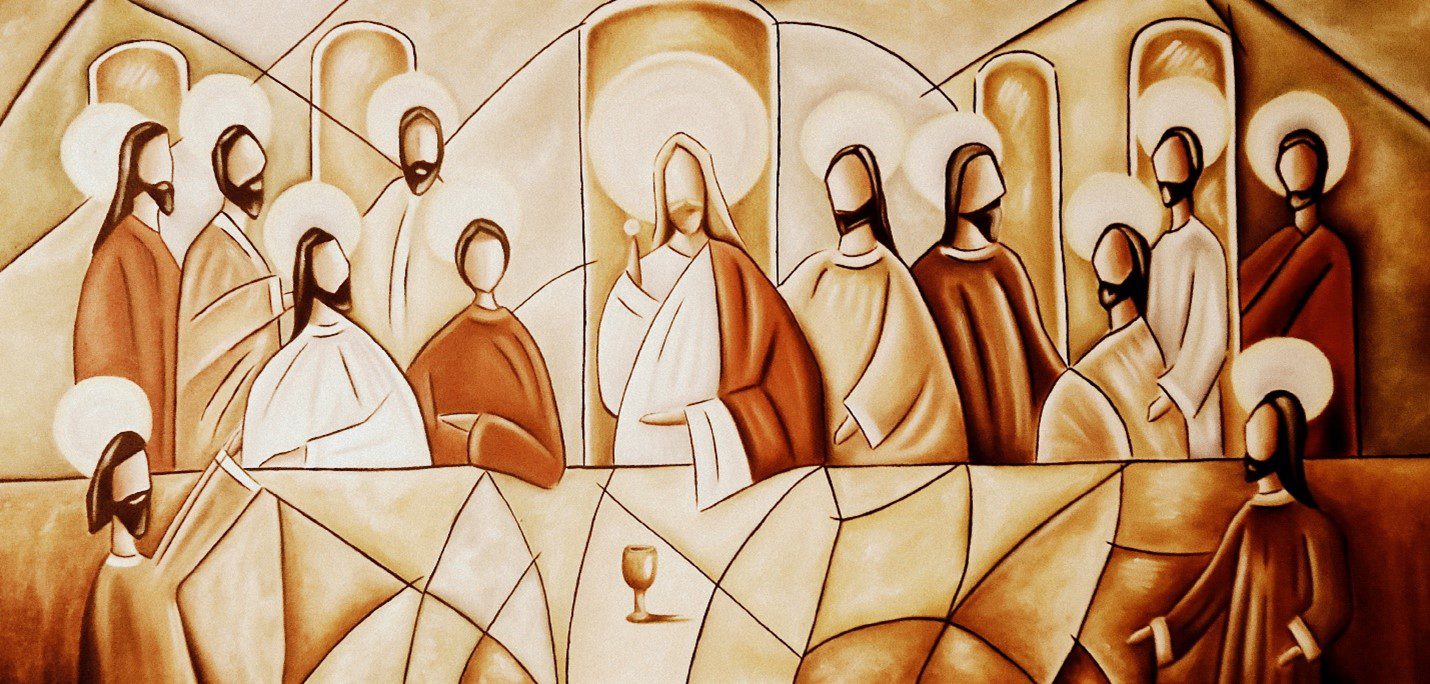Possible Preaching Themes
Possible Scientific Resources
- Why the Healing of Lepers Packs Such Power
- Who Are the Lepers in Our World Today?
- Giving Thanks “In All Circumstances” — The Power of Gratitude
- On leprosy
- Fact Sheet on Leprosy from W.H.O. https://www.who.int/news-room/fact-sheets/detail/leprosy
- Diagnosis and Treatment for Leprosy (Hansen’s Disease) https://www.cdc.gov/leprosy/treatment/index.html
- Signs and Symptoms of Leprosy https://www.cdc.gov/leprosy/symptoms/index.html
- The Impact of Leprosy on Mental Wellbeing https://pubmed.ncbi.nlm.nih.gov/32742673/#:~:text=Depressive%20disorders%20and%20anxiety%20disorders,those%20affected%2C%20and%20their%20children.
- On Gratitude
- How Gratitude Changes You and Your Brain https://greatergood.berkeley.edu/article/item/how_gratitude_changes_you_and_your_brain
- Giving thanks can make you happier https://www.health.harvard.edu/healthbeat/giving-thanks-can-make-you-happier
- The Neuroscience of gratitude and how it affects anxiety & grief https://positivepsychology.com/neuroscience-of-gratitude/
Homily Outline Combining Resources
Homily Outline: Healing Lepers, Offering Life
- Introduction: There’s Something About Lepers
- The Hebrew Bible offers us two accounts of lepers being healed. So does the New Testament: an account of Jesus healing one leper who begged to be healed “if you will it” (Mark 1:40-45) and this account in Luke, when Jesus heals 10.
- Jesus performed dozens of miracles, but his curing of lepers holds a special place in the Christian imagination.
- One reason for that is the dramatic and debilitating nature of leprosy — a disease whose social stigma was especially strong. The disease can cause disfigurement that can repel people; the fact that it can be transmitted through the air, in droplets or through contact, makes it even more alarming to people and contributes to stigmatization and even revulsion.
- On reflection, this event carries even more import. In healing lepers, Jesus did more than work a medical miracle; he transformed a person’s worth and reset the course of his life.
- To understand that, it helps to understand what leprosy is — and is not.
- The Science around leprosy
- Leprosy is a chronic, infectious disease caused by bacteria, affecting the skin, nerves and even the eyes. It is transmitted through droplets, from the nose and mouth. https://www.who.int/news-room/fact-sheets/detail/leprosy)
- Its symptoms include discolored skin, growths or nodules on the skin, painless swelling on the face or earlobes, loss of eyebrows or eyelashes (https://www.cdc.gov/leprosy/symptoms/index.html)
- But it can be even more severe and life-threatening. It goes beyond skin problems. It can cause numbness or paralysis in the hands and feet and enlarged nerves. It may even lead to blindness. https://www.cdc.gov/leprosy/symptoms/index.html
- Many may think, wrongly, that it is something from ancient history and it has been eradicated. But it persists. St. Damien of Molokai and St. Marianne Cope famously died of the disease while ministering to lepers in Hawaii. Today, the World Health Organization reports more than 120-thousand cases of leprosy around the globe.
- The stigma of leprosy has roots stretching back thousands of years. Leprosy was believed to be a punishment from the gods, or a sign of sin. Those suffering from it were often horribly disfigured and spent their lives shunned, marginalized, disdained. https://www.thelancet.com/journals/lancet/article/PIIS0140-6736(19)30164-3/fulltext
- Despite available treatments, to this day lepers are often forced to live as outcasts, with a myriad of mental health issues. https://www.thelancet.com/journals/lancet/article/PIIS0140-6736(19)30164-3/fulltext
- Leprosy creates outcasts, marginalizes the innocent, and leaves patients with a sense of shame and self-hate. https://pubmed.ncbi.nlm.nih.gov/32742673/#:~:text=Depressive%20disorders%20and%20anxiety%20disorders,those%20affected%2C%20and%20their%20children.
- Taken as a whole, the effects of leprosy tell us that Christ’s healing in this Gospel account was something more than medicinal.
- Some Takeaways
- Christ’s miracle did more than clear up the skin of people who were badly deformed. He restored more than physical well-being, but also restored to the lepers a sense of dignity, self-worth, and the ability to be part of the community.
- More than a miracle of clinical transformation, this episode can be seen as a miracle about possibilities.
- In healing the lepers, Christ gave hope and renewed life to people who had known only abuse and shame. He made them whole — spiritually, emotionally, psychologically, as well as physically.
- What are the things that make each of us feel like lepers — like outcasts, unworthy, shunned? This episode should give courage and hope to all who have felt at one time like unwanted lepers in the world.
- It also compels us to follow in the footsteps of the healing Christ
- Not to shun the marginalized
- To companion them in their own journeys of healing and wholeness
- To be grateful for the ways they reveal God’s reign to us in challenging and even broken ways.
Related Homily Outlines
Couldn’t find what you’re looking for?
Try searching with another filter

Preaching with Sciences

Edward Foley, Capuchin
Duns Scotus Professor Emeritus of Spirituality
Professor of Liturgy and Music (retired)
Catholic Theological Union
Vice-Postulator, Cause of Blessed Solanus









